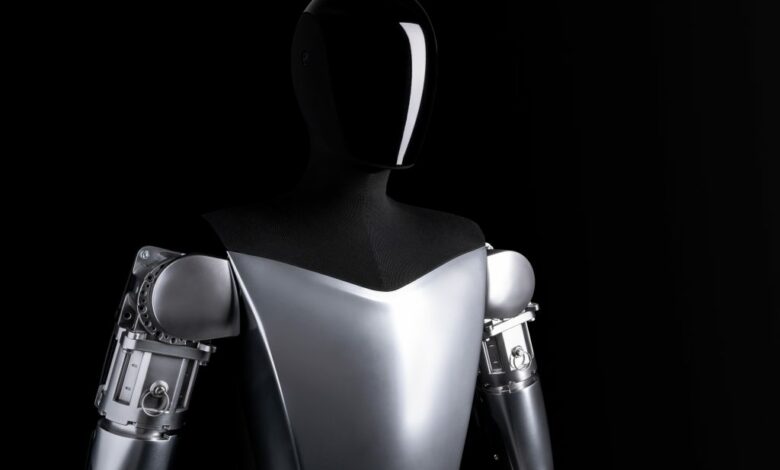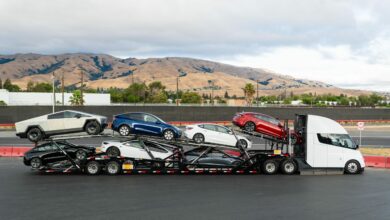
Tesla’s Optimus Robot Achieves Autonomous Object Sorting Milestone
Tesla's Visionary Progress in Robotics and AI with Optimus
In a remarkable evolution since its initial announcement in 2021, Tesla’s Optimus robot has achieved a significant milestone – the ability to autonomously sort objects. On a recent Saturday, Tesla’s Optimus Twitter account (@Tesla_Optimus) unveiled this groundbreaking development, showcasing the robot’s newfound capability.
Utilizing an end-to-end trained neural network, Optimus now excels at sorting objects independently. The accompanying video provides a fascinating glimpse into Optimus’s journey towards autonomy. It begins with the robot engaging in self-calibration, a process that combines joint position encoders and vision to achieve precise limb coordination. Following calibration, Optimus takes on the task of sorting colored blocks into designated trays, all without human intervention.
What sets Optimus apart is its adaptability. Even when a Tesla worker intervenes, moving the blocks before Optimus can reach them, the robot seamlessly adjusts to the evolving situation while maintaining its sorting accuracy.
Furthermore, if Optimus accidentally places a block on its side within a tray, it employs corrective action to rectify the orientation. The video serves as a testament to Optimus’s remarkable capabilities, showcasing its ability to handle dynamic, real-world scenarios.
Tesla encourages enthusiasts and experts alike to join their journey towards advancing robotics and artificial intelligence. They provide a link to their AI and robotics page on their website, inviting individuals to collaborate in the development of Optimus.
The webpage offers insights into Tesla’s wide-ranging technological initiatives, including the Tesla Bot, Full Self-Driving (FSD) chip, Dojo chip, Dojo computer, neural networks, autonomy algorithms, code foundations, and evaluation infrastructure.
Towards the bottom of the page, a contact form awaits those interested in shaping the future of AI through Optimus. Tesla seeks individuals with backgrounds in deep learning, computer vision, motion planning, controls, mechanical engineering, and general software development. The goal is clear: create a versatile, bipedal, autonomous humanoid robot capable of handling repetitive or hazardous tasks.
This announcement follows Elon Musk’s revelation during Tesla’s Q2 earnings call that Optimus production had faced challenges due to a shortage of actuators. In response, Tesla took matters into its own hands, designing and manufacturing its actuators in-house to meet demand.
The recent video showcasing Optimus’s progress also comes several months after Tesla’s AI Day in 2022, where the robot’s improved hand movements were prominently featured.
With Optimus continually advancing towards autonomy, Tesla remains at the forefront of robotics and artificial intelligence, poised to reshape the future of automation.



